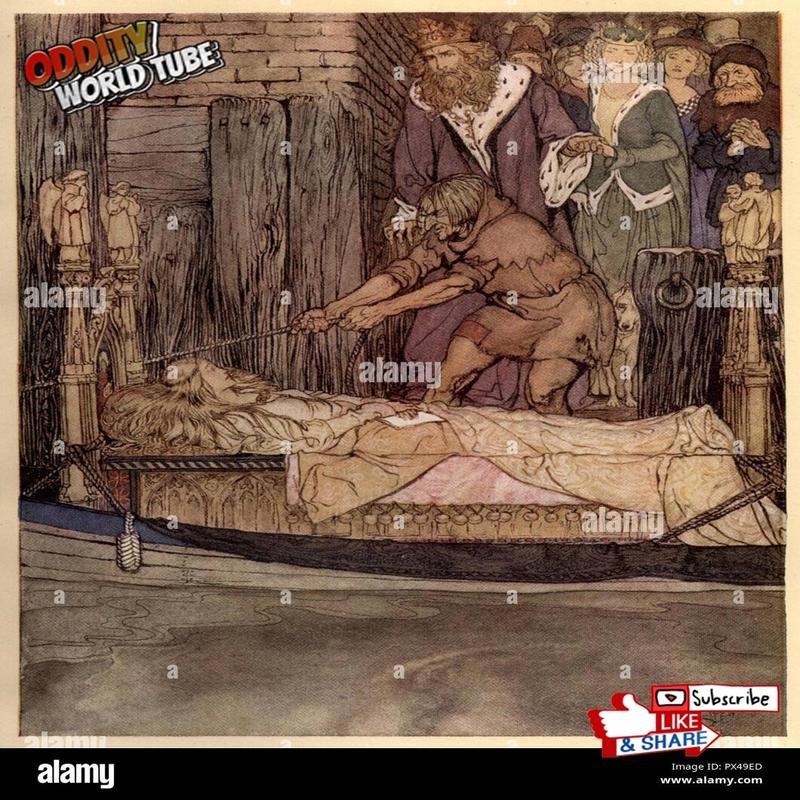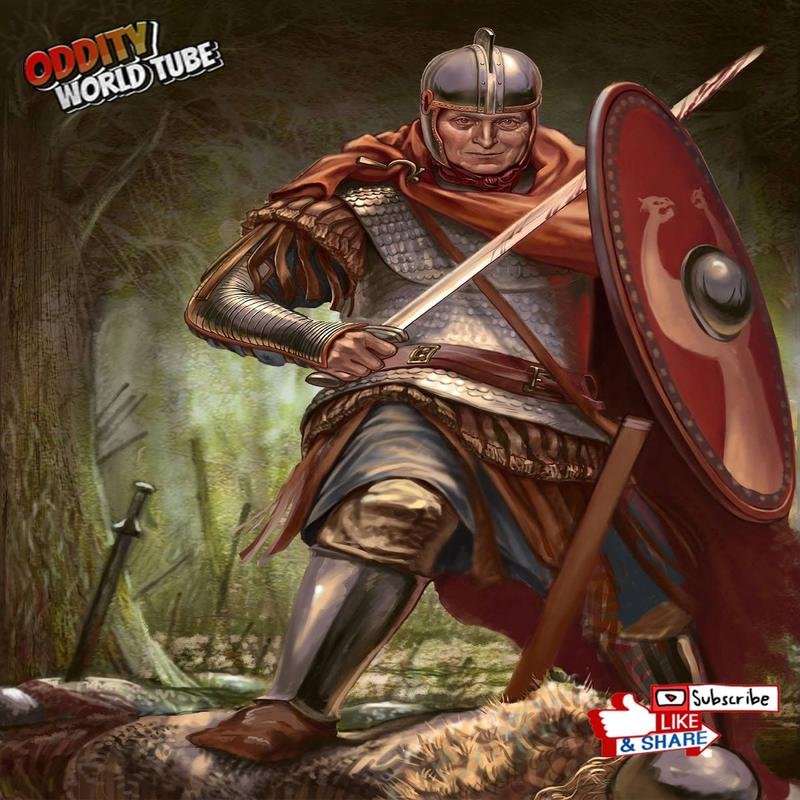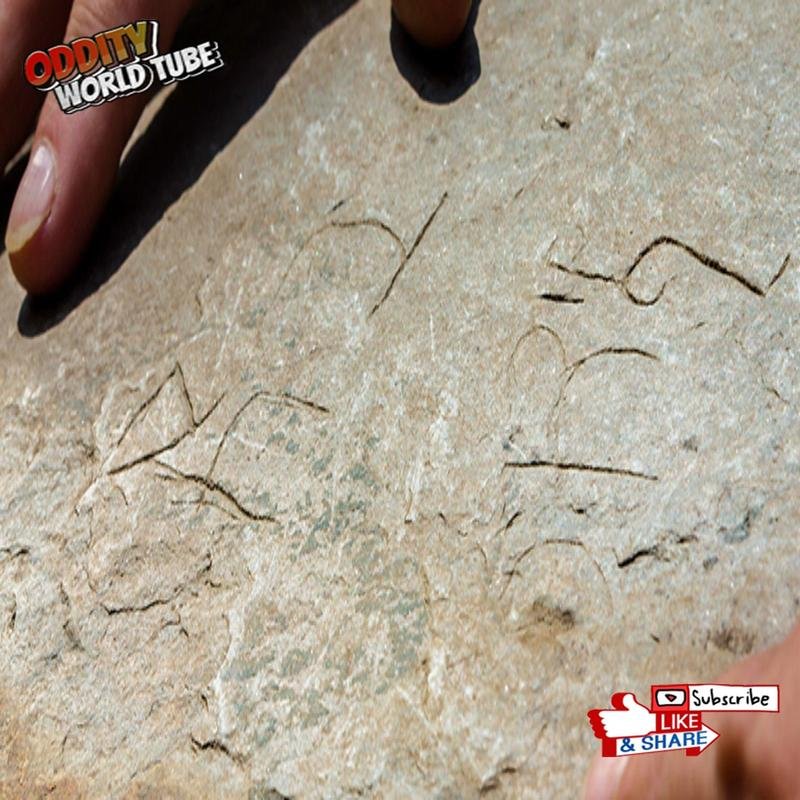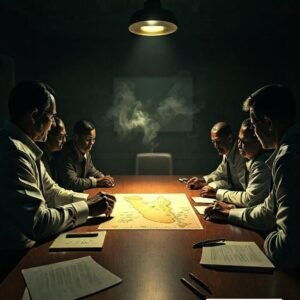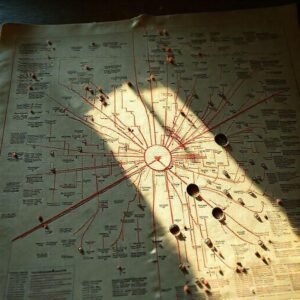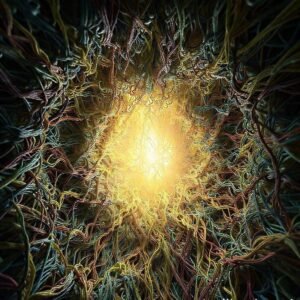Arthur: Fact or Fiction? A Deconstruction of Britain’s Hidden Enigma. #History #Mythology #Britain
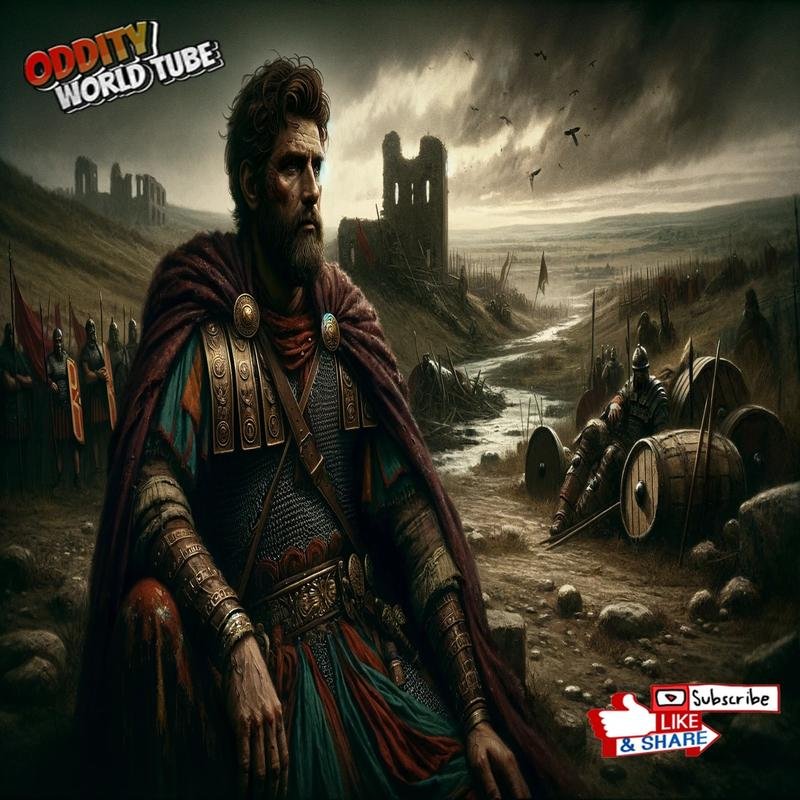
King Arthur: Fact or Myth? A Historical Investigation
The figure of King Arthur, deeply embedded in British lore, remains a subject of considerable scholarly debate. Was he a purely mythical creation, or does the legend reflect a kernel of historical truth? Investigating this question necessitates a multifaceted examination of Arthurian origins, their historical context, and the available—or rather, the lack of—archaeological evidence.
The Evolution of the Arthurian Legend
The Arthur known to modern audiences is the culmination of a centuries-long evolutionary process. Early mentions appear in the 9th-century Historia Brittonum, which credits him with leading the Britons against Saxon invaders in a series of twelve battles, most notably Badon Hill, where he is reputed to have slain 960 warriors single-handedly. However, this source, while significant, is widely considered historically unreliable, blending verifiable accounts with folklore.
Geoffrey of Monmouth and the *Historia Regum Britanniae*
Geoffrey of Monmouth’s 12th-century Historia Regum Britanniae significantly expanded the Arthurian narrative, portraying him as a 5th-century CE king who reigned over Britain and led victorious campaigns across Europe. Geoffrey introduced iconic characters such as Merlin, Guinevere, and Excalibur, imbuing the legend with romance and heroism. Nevertheless, his work is primarily viewed as a literary creation, drawing upon a blend of historical sources, folklore, and imaginative embellishment.
The Search for Historical Arthur
Concrete historical evidence supporting the existence of a historical Arthur remains elusive. Historians often point to Ambrosius Aurelianus, a Romano-British leader who resisted the Saxons in the 5th century CE, as a potential inspiration for the Arthurian legend. However, no definitive link between Arthur and any specific historical figure has been established.
Archaeological Evidence
Archaeological evidence associated with King Arthur is scarce and subject to interpretation. The discovery in 1960 of a tombstone at Tintagel, Cornwall, bearing the 6th-century inscription “Pater Coliavificit Artognou,” has been interpreted as a possible reference to someone named Artognou, phonetically similar to Arthur. However, no conclusive connection to the legendary king has been demonstrated. Furthermore, Tintagel, traditionally associated with Arthur’s birthplace, was not a significant settlement during the 5th or 6th centuries CE, casting doubt on this association.
The Enigma of Camelot
Camelot, Arthur’s purported seat of power, is another highly debated archaeological site. Several locations have been proposed, including Cadbury Castle in Somerset. Excavations at Cadbury have revealed a large hillfort dating from the 5th to 7th centuries CE, the period in which Arthur is believed to have lived. However, no definitive evidence links Cadbury to Camelot or to King Arthur.
Conclusion: Fact, Fiction, or Both?
Assertions regarding Arthur’s historical existence must be approached with extreme caution. A clear distinction between historical fact and folklore is crucial. No conclusive evidence supports the existence of a historical King Arthur. However, the absence of evidence does not equate to evidence of absence. It remains plausible that the Arthurian legend is based on a real historical individual whose story was amplified and embellished over centuries through legend and folklore.
The Arthurian legend’s impact on British and global culture is undeniable. It has inspired countless literary, artistic, and musical works and continues to resonate with audiences today. The legend embodies ideals of chivalry, courage, and justice—values that retain their relevance in the modern world.
In conclusion, King Arthur remains a historical enigma. While definitive proof of his existence as a historical figure is lacking, the enduring impact of his legend on global culture is undeniable. Whether fact or fiction, Arthur represents a powerful symbol of hope, courage, and the enduring power of storytelling.
